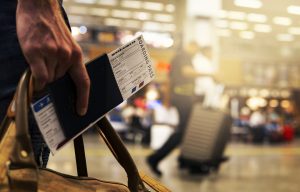How to prepare for moving to the USA: 9 most important points

This article is suitable for those who have already obtained a U.S. visa and are practically sitting on their suitcases, eagerly anticipating a new life, as well as for those who are just contemplating moving to the States.
We should warn you: everyone’s first year of immigration to the U.S. is different—some immerse themselves in the atmosphere and adapt to the new environment as early as the third or fourth month, while others may feel more nervous, fear speaking English, and prefer to socialize with their own community.
This article is designed to help ease the stress of those first few months after moving to the U.S.
Remember the rule: the better prepared you are, the easier it will be.
So, let’s begin.
- Gather MONEY for a comfortable move
Surprising, right? 🙂
In reality, this is very important!
If you have a business that can support you financially or savings to last a year, feel free to skip this section.
We know of cases where people moved with $800 for the whole family and quickly found a job, as well as not-so-happy stories—ending up in the hospital on the second day, kids falling ill due to acclimatization, prolonged unsuccessful job searches, and unexpected expenses…
As a result, a person finds themselves without enough money for proper living right after arriving in the U.S. And that doesn’t quite resemble the American life you probably imagined.
Be extremely cautious.
Calculate how many of you are moving, check the cost of housing, services (like daycare, transportation), and food in your state. Decide whether you will buy a car right away or use public transportation.
Our recommendation:
Save enough money for the flight + housing (security deposit and rent for at least six months) + food (enough for two months) + a reserve for the first 2-3 months (for unexpected expenses).
The more savings you have, the better your chances of finding good housing and landing a great job without the stress and rush of grabbing the first available option.
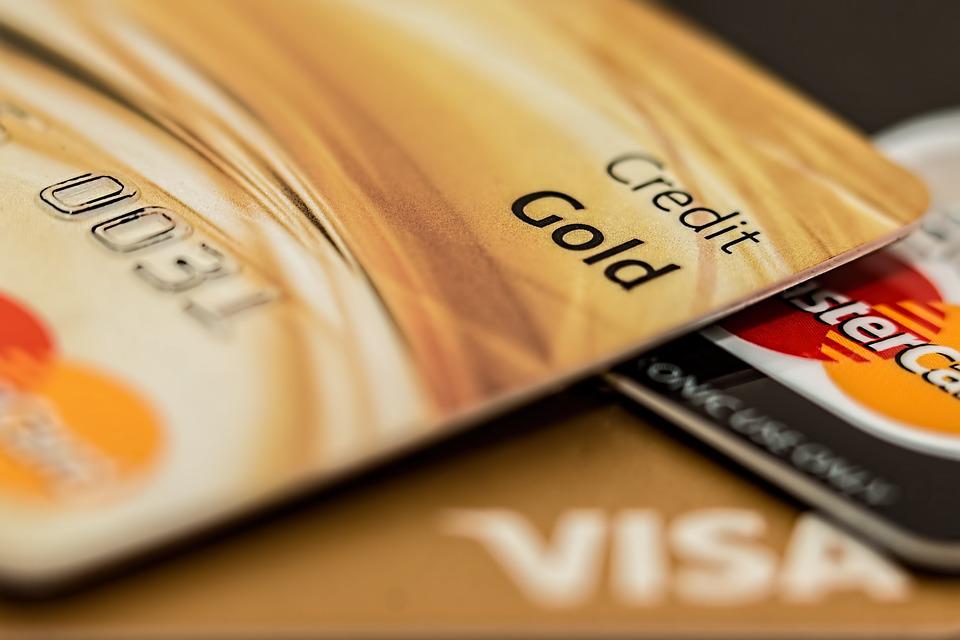
How to Carry Money: Cash or Card?
We recommend keeping large amounts of money on cards and bringing a small amount of cash in smaller denominations.
There’s no need to carry a bag of money with you. Having about $1,000 in cash on hand and keeping the rest on a card is the optimal solution.
You’ll only be able to open a bank account in the U.S. after you arrive, so make sure your dollar or euro cards with your savings are active and will work abroad for a few years. If necessary, disable any restrictions on your card for international travel and extend the card’s expiration if needed.
2. Organize Your DOCUMENTS for the Trip
Make sure everything is organized and stored in folders.
Translate your diploma and any other documents that need translation. In addition to physical copies, we recommend making digital copies and storing them on your phone.
It’s great that you’ve obtained a visa, but don’t forget about the passport control at the U.S. border. A border officer may ask you for any document, such as a work permit or proof of booked accommodation.
Just be prepared to provide them!
3. Organize Your DOCUMENTS at Home
This includes documents related to property, business, and other important matters that can be handled with a notary. In general, think through and finalize any legal issues.
Many people give power of attorney to relatives for managing property, close unnecessary bank accounts or cards, or transfer business ownership.
Make sure you won’t need to resolve these issues from abroad, as it may be more complicated and expensive.
4. Take Care of Your Health as Much as Possible
Based on our experience, many people delay going to the dentist, skip routine check-ups with other doctors, and ignore chronic health issues.
Speaking of chronic conditions, they may worsen in a new country. Some people have experienced allergies they never had before, triggered by new foods or exposure to exotic plants.
Gather your medical records, and don’t forget to translate all the medications you’re currently taking into English. It’s best to know the Latin name of the active ingredient so that a doctor can find an equivalent in the U.S. When visiting a doctor in the U.S., request a translator who can communicate your diagnoses and prescriptions to the doctor.
5. Pack a First Aid Kit
Think about what to bring for common colds, as well as for any chronic conditions you may have.
Prepare a first aid kit for each family member, including children.
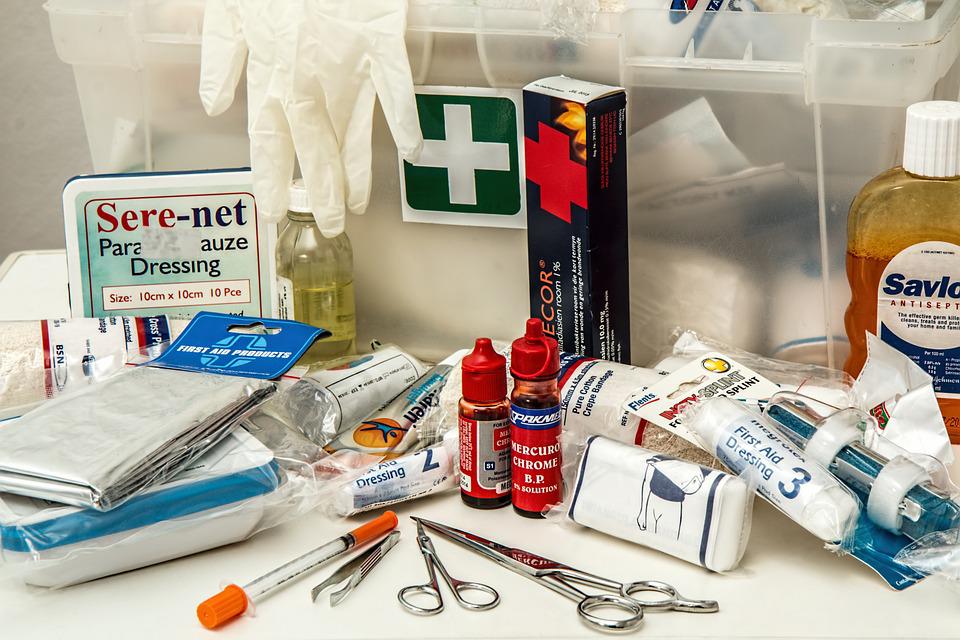
It will be handy right after your arrival. Check the expiration dates on your medications, and if they are nearing their end, go to the pharmacy and update them. It’s also important to translate your prescription medications into English, especially if they are specialized or essential for your health during the journey.
6. Consider and Finalize Your Housing Plans in the U.S.
If you’ve already received a visa and provided proof of temporary housing, you can skip this section.
If you’re still figuring things out, remember that at the U.S. Embassy interview, the consular officer may ask where you plan to live. You can book accommodation with free cancellation and show the booking confirmation to the officer.
Think about how long you’ll need the booking—whether it’s a house or apartment (for permanent residence) or a hotel room (for tourists). Choose a location that is convenient for you, possibly near your work, stores, and daycare. Pay close attention to the crime rate in the area where you are looking for housing, as this information is often available on American real estate websites.
7. Keep Improving Your English
Don’t waste any time—keep learning conversational English and grammar. Watch movies, read, and listen to podcasts featuring Americans so that your brain can quickly adapt and get used to hearing the English language.
Each state may have different accents—some may drop letters or shorten words to just a few sounds. You may not understand everything at first, but don’t worry—just keep learning.
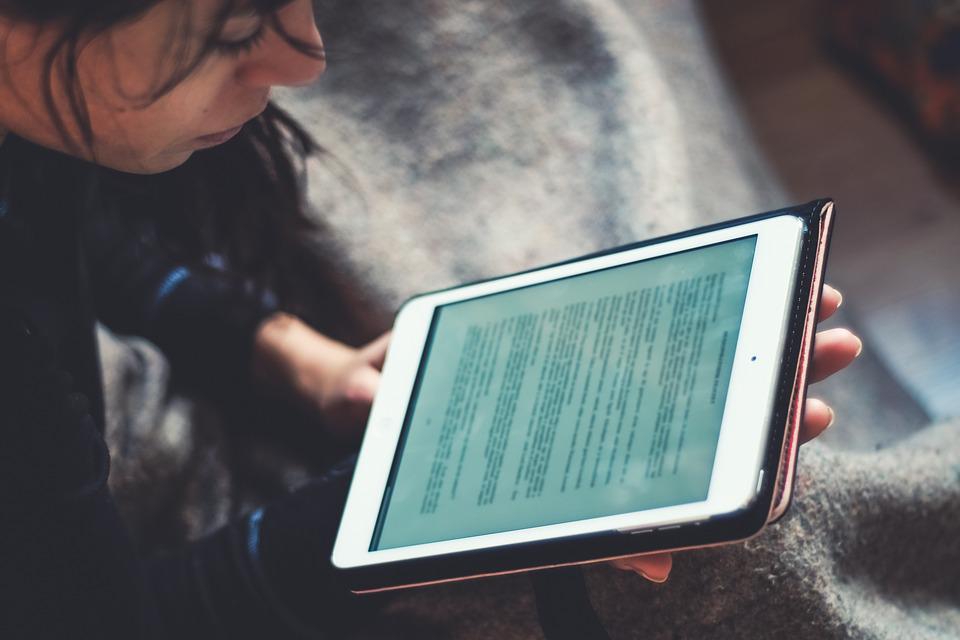
If your English is weak and you haven’t spoken with native speakers much, you might experience some stress after arriving. Learn phrases asking people to speak more slowly or to repeat what they said.
Most Americans are friendly and willing to repeat themselves, as they understand that the U.S. is a country of immigrants, and not everyone speaks or understands English fluently right away.
8. Try to connect with locals, introduce yourself online
Chats, forums, and groups with people from your home country can help you make connections and find support in the first few months.
Join social networks, find locals through hashtags or public groups, start conversations, ask questions, but don’t be too pushy.
You can even try writing to Americans, simply introduce yourself, ask how they’re doing, share your story of moving to the U.S., joke around, and perhaps you’ll make a new friend in America before you even arrive.
Find out if there are immigrant gatherings in the area where you’re moving.
Immigrant groups from different countries often gather to help each other and have fun. These meetings can be held in parks, on beaches, in office spaces, or at churches.
At such gatherings, you can make useful connections, and there’s also an opportunity to get information or assistance.
And now, for the most important part…
9. Plan the contents of your suitcase
We recommend packing:
- Documents, a first aid kit
- Personal hygiene items, a small cosmetic bag
- Comfortable clothing
- Electronics, chargers, U.S. outlet adapters
Don’t pack bulky items, especially if you’re traveling on a student or tourist visa that doesn’t indicate long-term immigration. This could attract unnecessary attention and questions from border officers. Pack only essential and practical items.
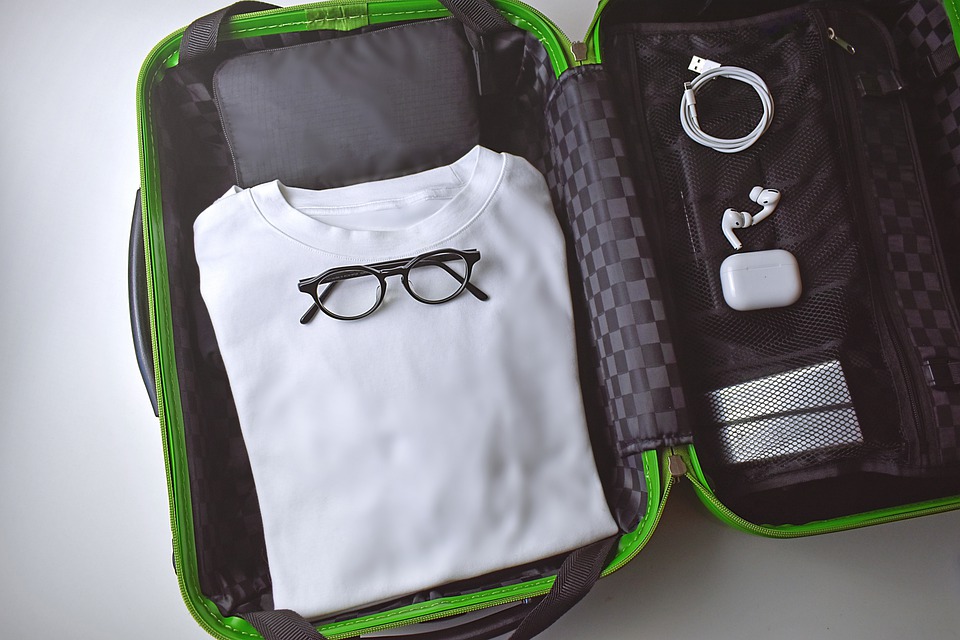
We recommend packing your suitcase in order of necessity.
Place items you are less likely to need at the bottom, and keep the essentials closer to the top, so you can quickly grab them without having to rummage through the entire suitcase. Put chargers, documents, and a change of clothes near the top for easy access—this is the most practical option.
And here’s a special tip: bring a small but meaningful item from home to keep something familiar close at hand.
Immigrants often say that when homesickness hits or things aren’t going as planned, having a familiar item from home can be a real comfort. Some people take a toy, a pillowcase, a figurine, or even a keychain. If you’re traveling with children, talk to them about picking a toy to bring along, while the rest of their belongings can be mailed to your new address once you’ve settled in.
We hope this article was helpful, making your move easier and saving you some money.
Table of Contents
